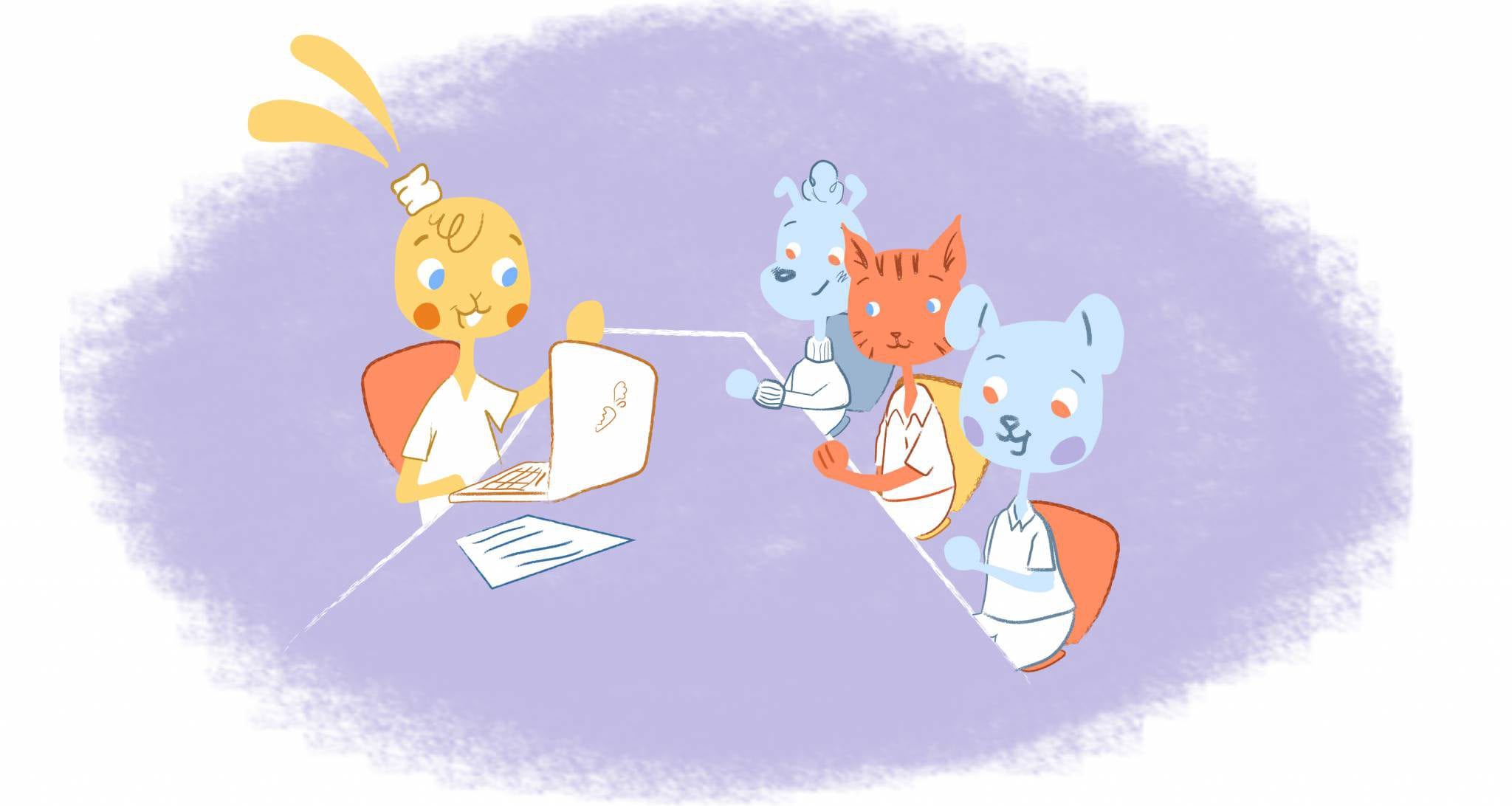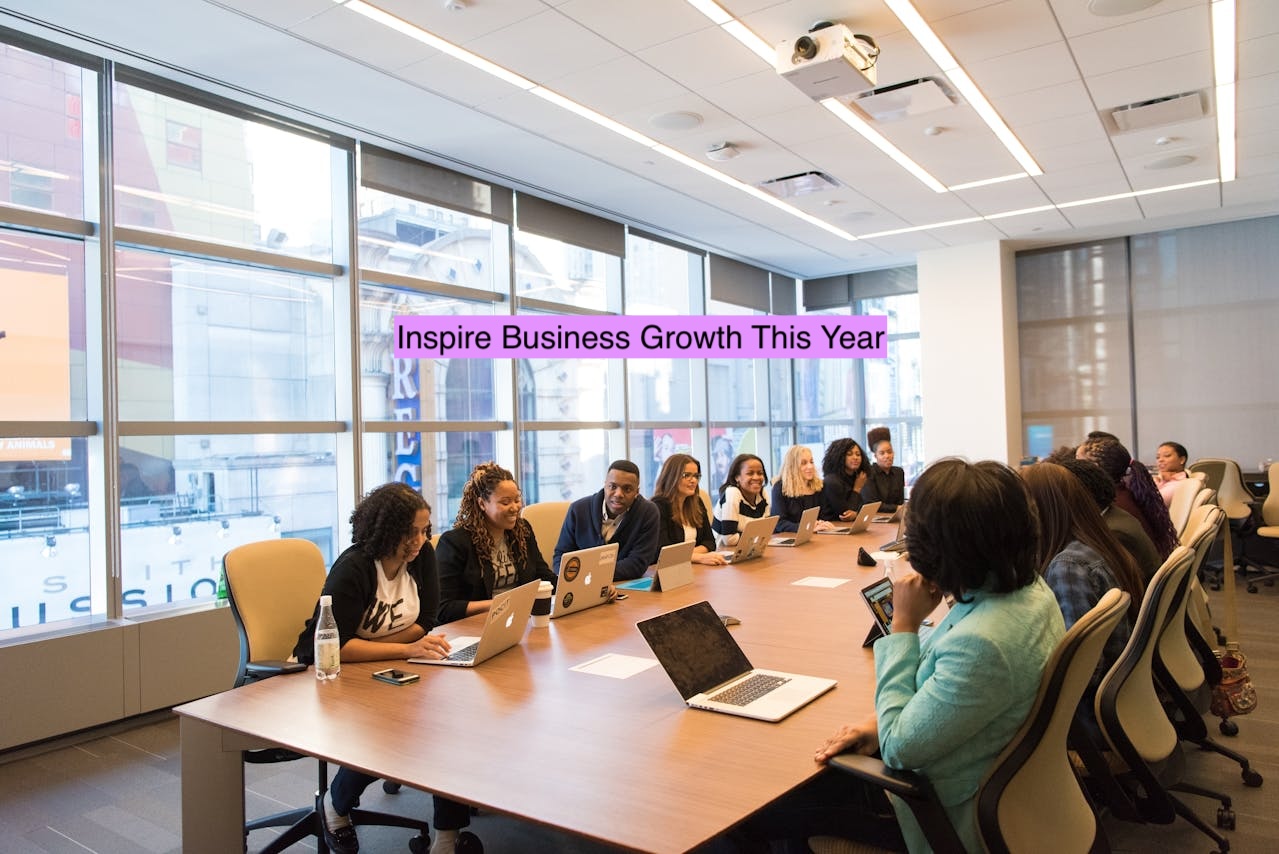

If it feels like time is of the essence, it’s because it is. And if it feels like we are busier than ever, it’s because we are. It seems as though so much of life today is deadline-driven, especially for business professionals. Between internal projects, off-site meetings, and getting the actual work done, the sheer number of tasks and due dates can be overwhelming. Here are five ways to boost your productivity for less than $20.
The good news is that there are cost-effective ways to use your time more efficiently. Here are just a few ideas on how to increase your productivity, without having to invest a lot of money:
1. Default to free cloud tools.
How much time do you spend emailing back and forth with colleagues or tracking changes in a Microsoft Word document? Probably a lot.
Almost any digital task imaginable can be tackled with a cloud tool like Google Drive or Dropbox. These cloud services can eliminate busywork from your day because they automatically sync all files.
That might sound like a small thing, but it’s not. There’s an episode of “Sex in the City,” where Sarah Jessica Parker’s character, Carrie, loses all of her work because she didn’t back it up on her computer — as Carrie’s boyfriend, Aiden, constantly told her to do.
What about software that doesn’t automatically sync documents? Several freemium backup software products can save you oodles of time in case of a crash.
2. Collaborate ruthlessly.
There’s an African proverb out there that says, “If you want to go fast, go alone. If you want to go far, go together.”
Productivity is not about going fast, but about going far with the resources you have. There are dozens of different ways to improve collaboration. Here’s how America’s top executives do it:
Listen more than you speak.
General Motors CEO Alfred Sloan was famous for saying little during meetings he called. He’d announce the reason for the meeting, allow people to speak, and then send a follow-up memo outlining what was discussed and who’s responsible for the action steps. Sloan’s approach minimized meeting time and maximized clarity.
Master the one-on-one meeting.
More people in a meeting does not necessarily mean more productivity. Andreessen Horowitz co-founder Ben Horowitz believes individual meetings are the most effective way for management and workers to communicate.
Ask whether you’re adding value.
To Tesla, CEO Elon Musk, someone who isn’t actively contributing to a meeting should not be there. Musk takes this so far that he asks people to leave once they are done with their portion of the conversation.
Vet everything.
Marissa Mayer, the former CEO of Yahoo, always has a follow-up question. If someone presents a plan, she asks where the research came from. When the planner presents their work, Mayer inquires about the study methodology. Mayer’s method might come across as cutthroat, but she always got to the truth of the matter.
Create conflict.
Conflict isn’t always a bad thing, Amazon CEO Jeff Bezos knows. Because the best ideas are brought out during times of disagreement, Bezos stokes constructive arguments in his meetings.
3. Prioritize happiness.
Tech companies like Apple, Netflix, Google, and Dell are 40% more productive than the typical company. That’s impressive — very impressive. But how do they do it?
In a word, happiness. By paying employees well, giving them flexible working arrangements, and trusting them to do good work, highly productive companies ensure their employees are truly happy with their jobs.
Achieving employee happiness is a lot like creating a good spaghetti sauce. Individually, tomatoes, spices, and olive oil aren’t so special. But put them together in just the right way, and you turn a few boring ingredients into a delicious pasta topping.
Like pasta sauce, happiness is an inexpensive investment in productivity. Happy employees, whether they’re administrative assistants or c-suite executives, are an average of 12% more productive. Happy employees won’t spend as much time worrying or stressing out.
4. Get a good calendar.
Get a calendar app, but not just any calendar app. An intuitive, integration-focused calendar can make collaboration so much easier.
If you have a Gmail account, you already have Google Calendar. Google Calendar links up with all sorts of note-taking apps and messaging platforms, such as Slack.
They may not be free, but other business-oriented calendars are worth the cost. Look for one that can break down where and with whom you’re spending your time. Ideally, it should also include self-scheduling tools that minimize back-and-forth email traffic.
5. Invest in your health.
I know people who set alarms on their phones every 4 hours to remind them to stand up and walk around the office. I also know people who continuously work through lunch in order to get more done.
Which group is more productive? I can tell you right now: It’s the people who take care of themselves first.
The free Health App is already included on iPhones, but you know what to do. Get plenty of sleep. Fill your diet with plenty of fresh fruits and vegetables. Get some sort of exercise each day, even if it’s just a walk. And remember your mental health: Anxiety has all kinds of physical health effects you might not expect.
Productivity doesn’t need to be expensive. Use the tools and means that increase productivity in today’s world. From using cloud services smartly to taking care of your body, there are dozens of ways to invest in your productivity. So put your wallet away, and look at the bigger picture: Productivity is a matter of using your resources, employees, and own body wisely.











Abby Miller
Student at UC Berkeley, currently working on a degree in Electrical Engineering/Computer Sciences and Business Administration. Experienced in CSX, productivity management, and chatbot implementation.